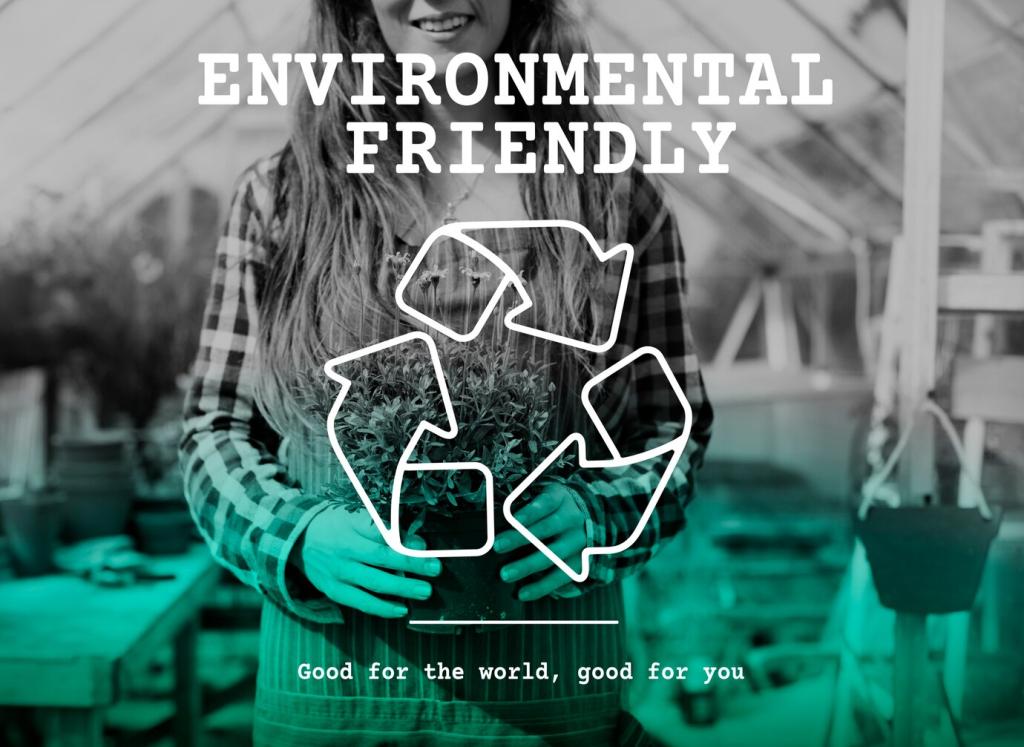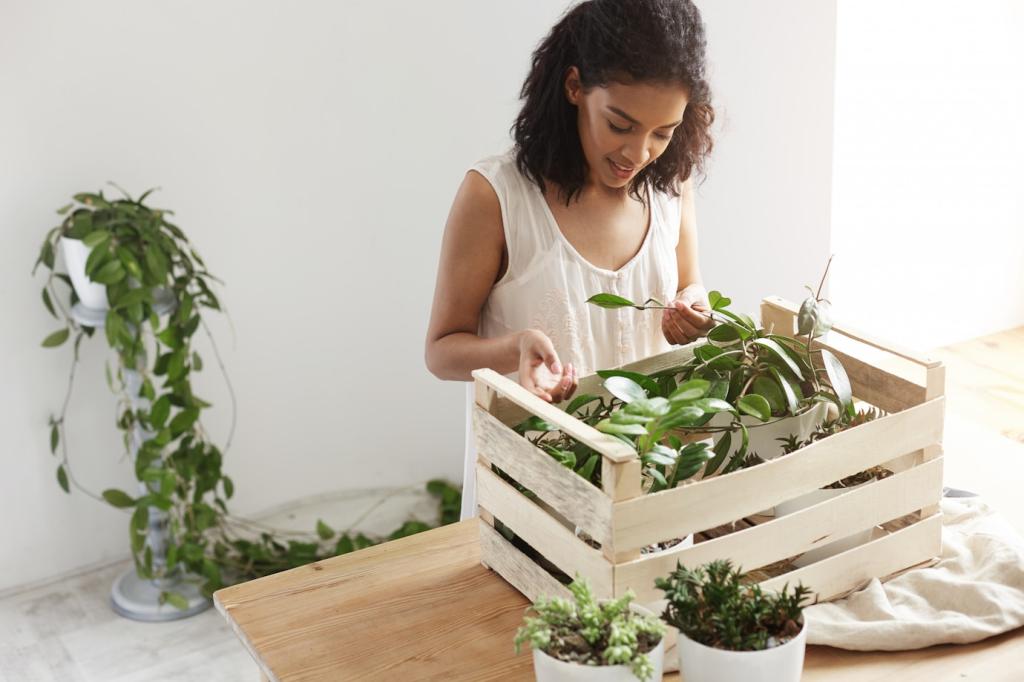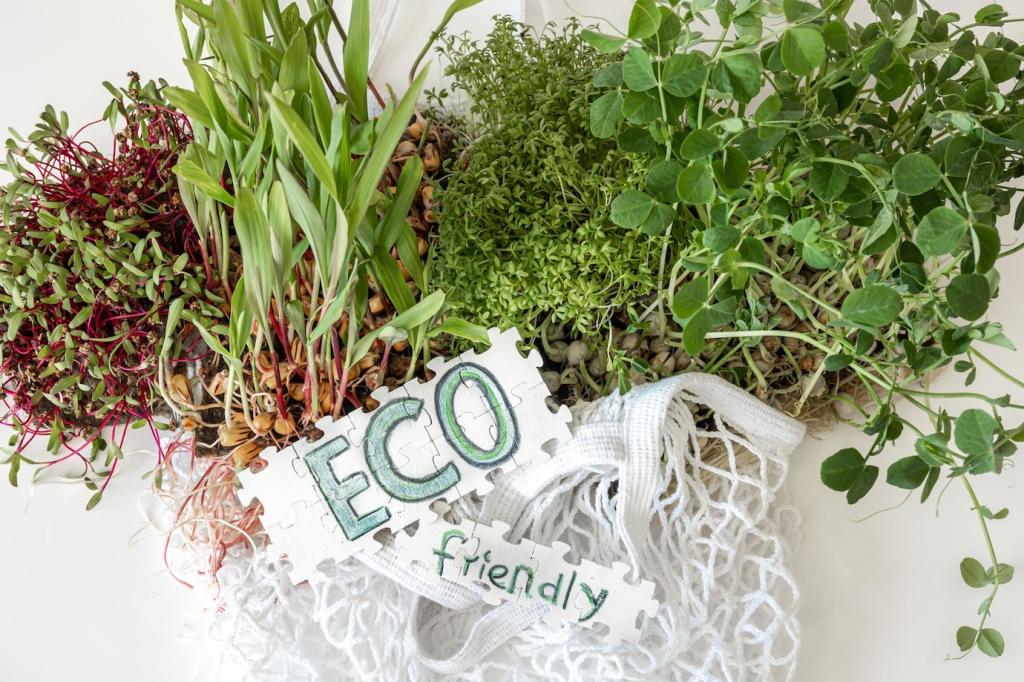Proof You Can Trust: Labels and Standards
Look for FSC or PEFC for wood, FloorScore or GREENGUARD Gold for low emissions, and Cradle to Cradle for broader circularity metrics. These labels reflect rigorous, independent review. Save this list or subscribe for our printable shopping card.
Proof You Can Trust: Labels and Standards
Environmental Product Declarations quantify impacts like global warming potential, while Health Product Declarations disclose ingredients and hazards. Ask retailers for both. Not sure how to read them? Comment, and we’ll decode a real example in a future post.
Proof You Can Trust: Labels and Standards
If you’re pursuing LEED or WELL features, many flooring products can contribute points. Even without a certification goal, these frameworks offer helpful criteria. Tell us your priorities—air, acoustics, or carbon—and we’ll map options accordingly.
Proof You Can Trust: Labels and Standards
Lorem ipsum dolor sit amet, consectetur adipiscing elit. Ut elit tellus, luctus nec ullamcorper mattis, pulvinar dapibus leo.







